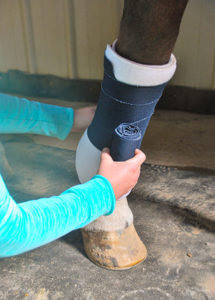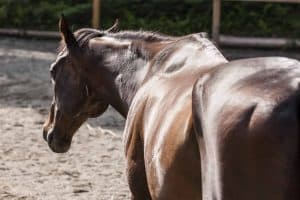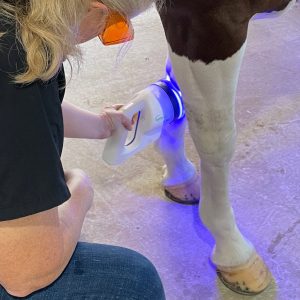Oleander Poisoning: A Preventable Illness
- Topics: Article, Poisoning & Toxicity
Reprinted from The Horse Report with permission from the Center for Equine Health, School of Veterinary Medicine, University of California, Davis (UC Davis).
Oleander is an evergreen shrub that seems to grow everywhere in California—in yards, parks, and along freeways. It is often grown as a hedge that can reach up to 20 feet tall. The leaves are thick, leathery and dark green. White, pink, or yellow flowers that are sweetly scented grow in clusters at the end of each branch.
Oleander is also one of the most poisonous plants and contains numerous toxic compounds, many of which can be deadly to people and animals. It is especially dangerous to horses; signs of a poisoned horse include severe diarrhea, colic, and abnormal heartbeat.
The primary toxins in oleander are cardiac glycosides, which affect the heart. Cardiac reactions consist of an irregular heart rate, sometimes characterized by a racing heart that subsequently slows to below normal further along in the reaction. The heart might also beat erratically with no sign of a specific rhythm. Other toxic effects include nausea, excess salivation, abdominal pain, diarrhea (sometimes with blood), kidney failure, and colic in horses. Oleander poisonings can also affect the central nervous system and cause drowsiness, tremors, seizures, collapse, and even coma that can lead to death
Create a free account with TheHorse.com to view this content.
TheHorse.com is home to thousands of free articles about horse health care. In order to access some of our exclusive free content, you must be signed into TheHorse.com.
Start your free account today!
Already have an account?
and continue reading.
Written by:
UC Davis Center for Equine Health Horse Report
Related Articles
Stay on top of the most recent Horse Health news with












